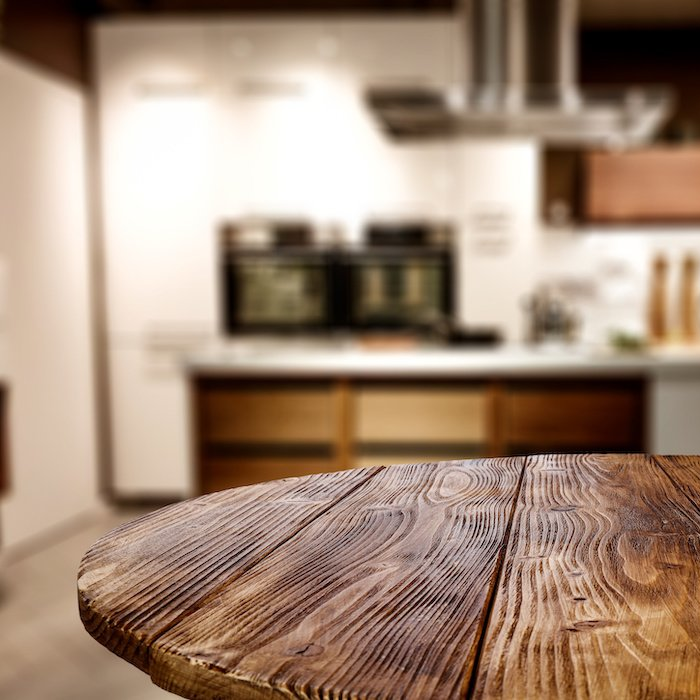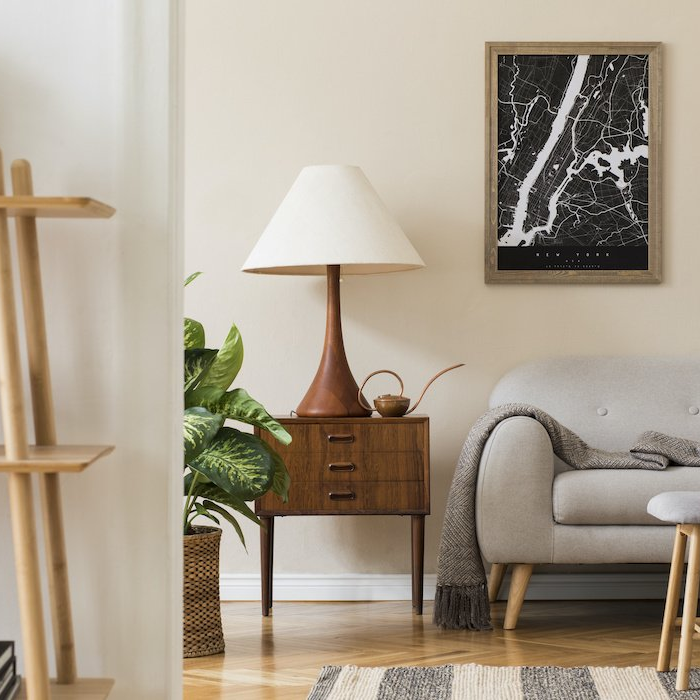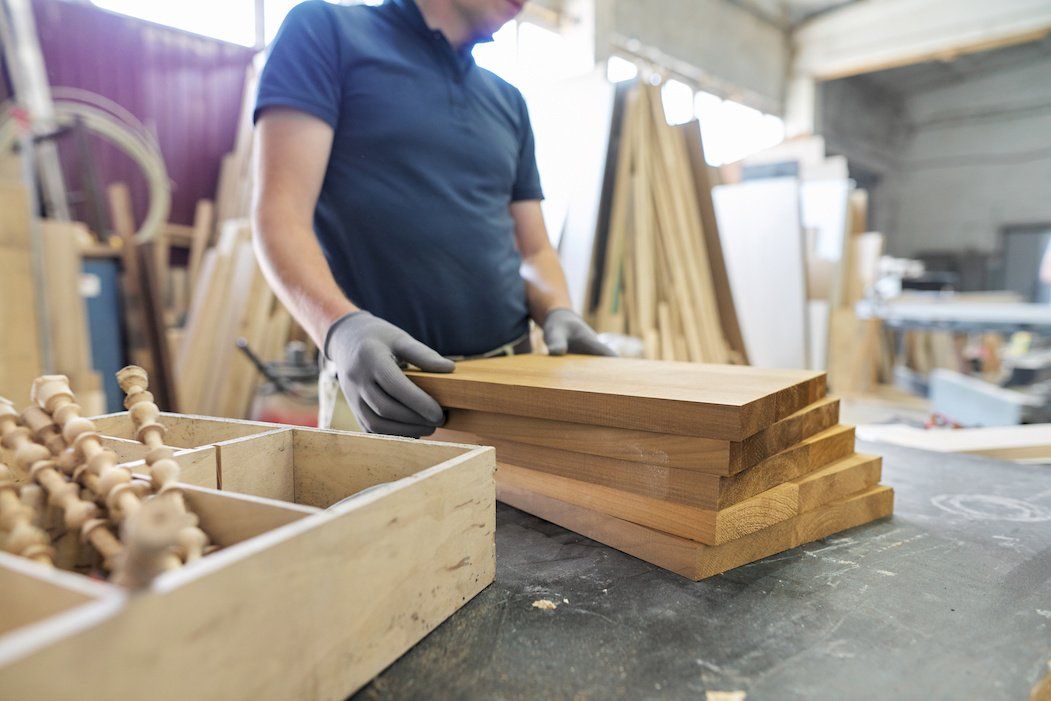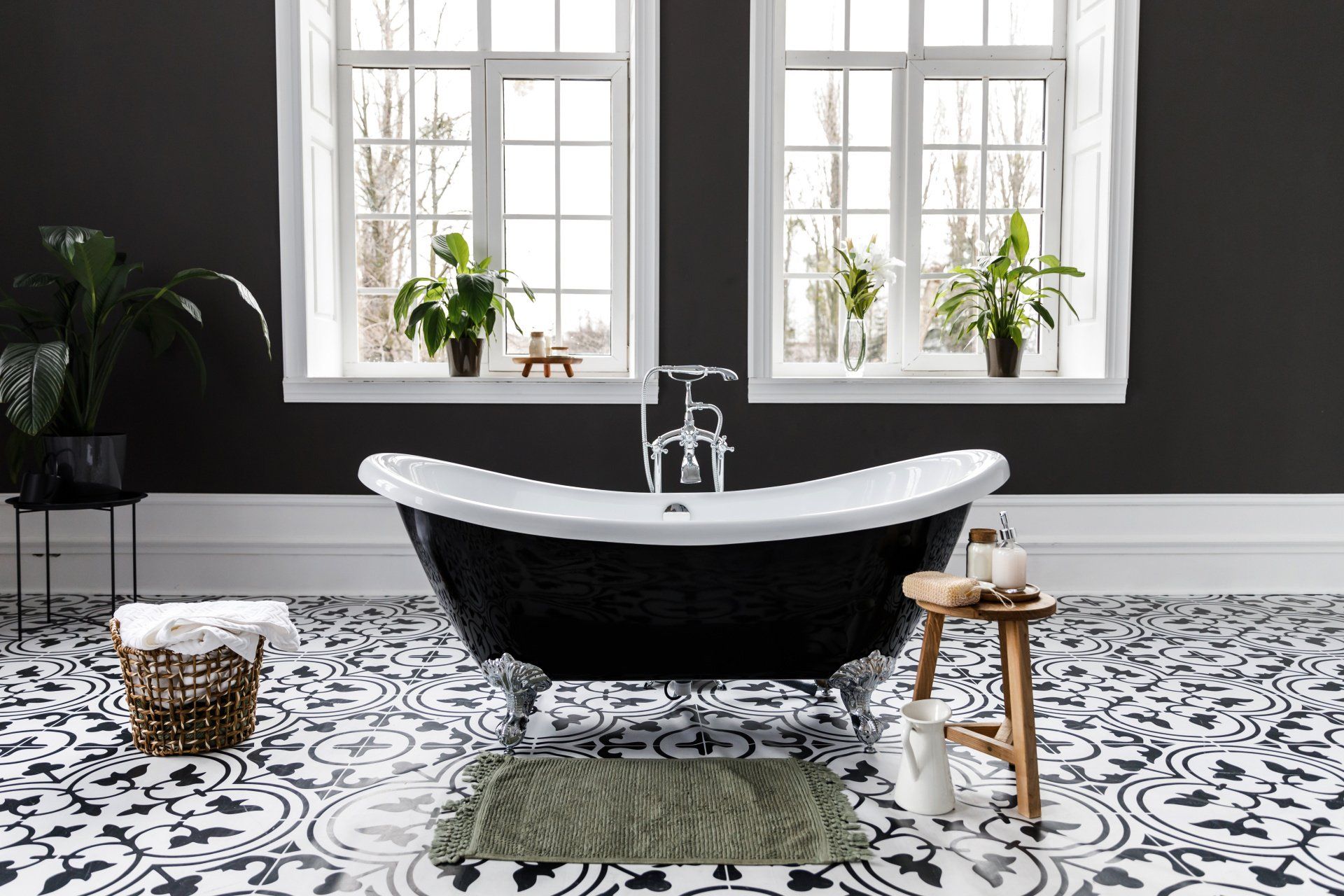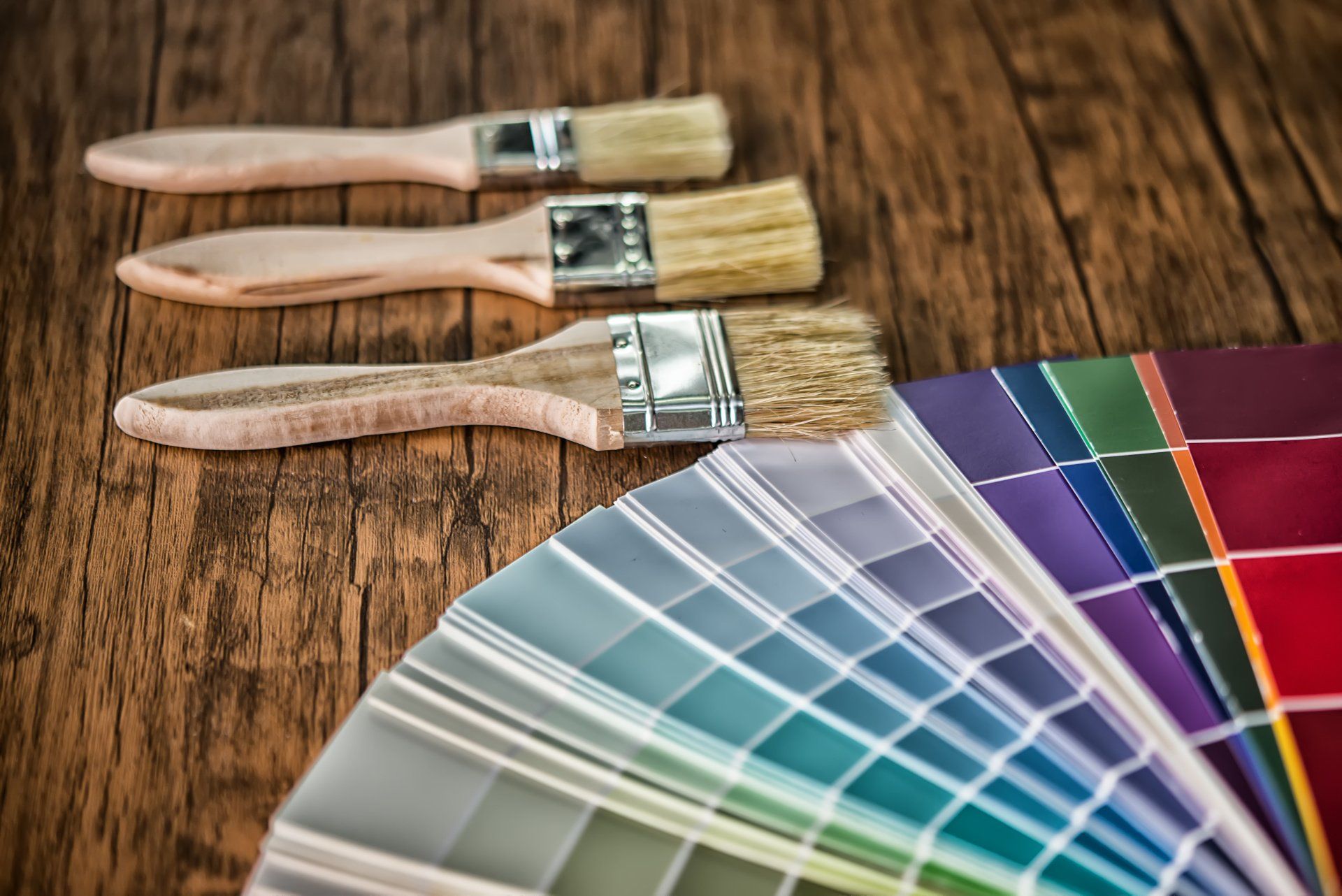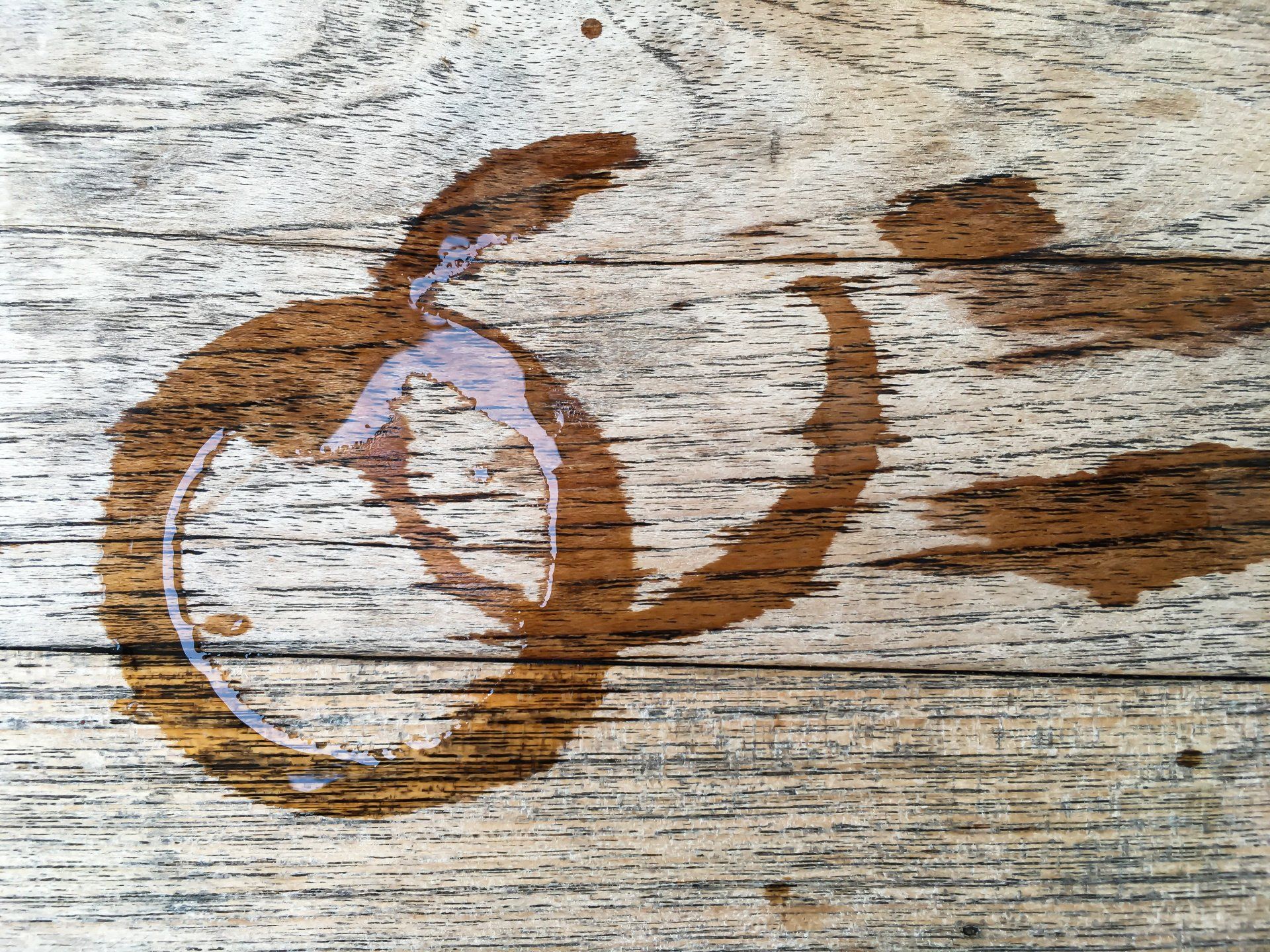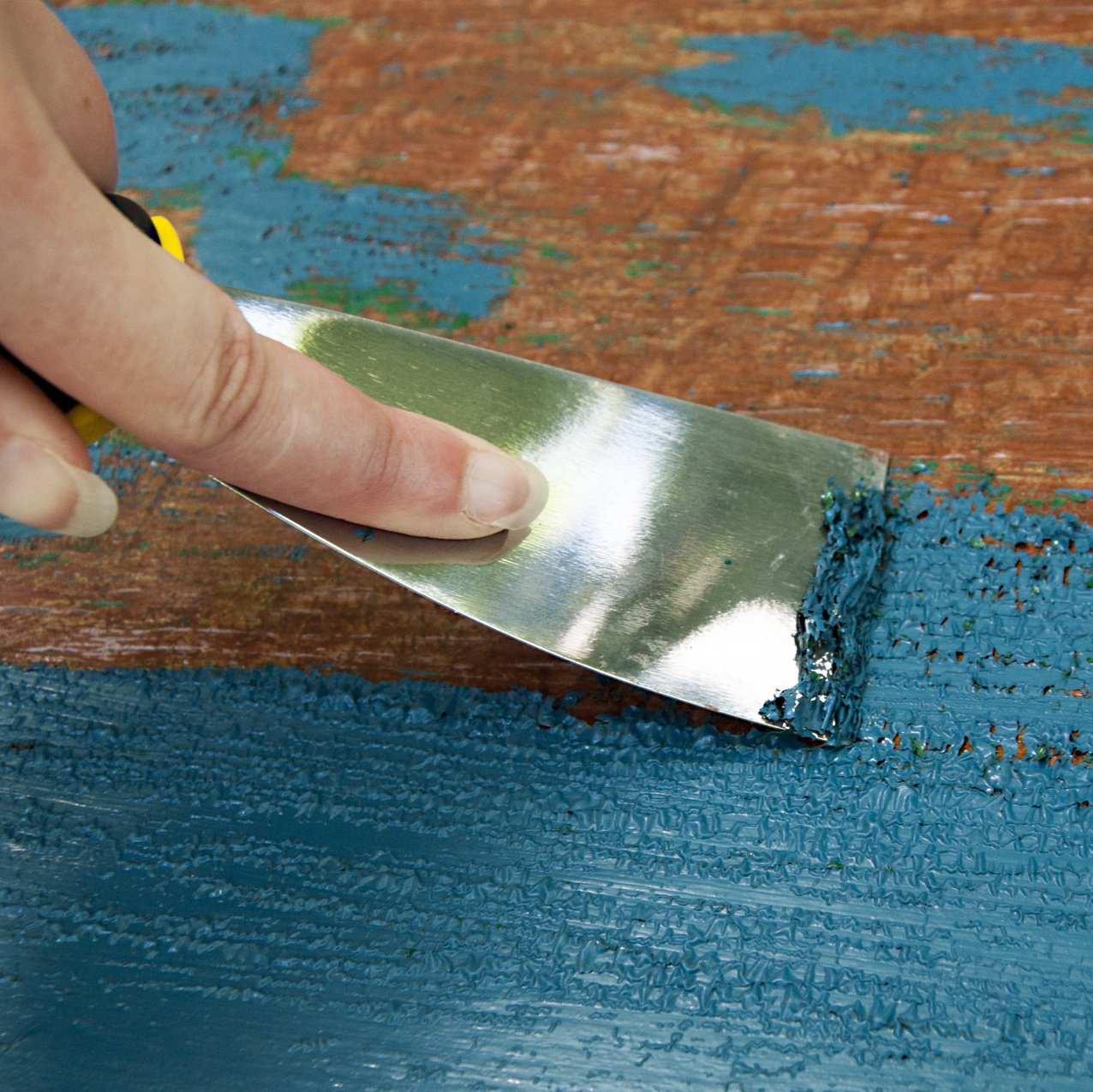Blog Layout
Gel Stain Vs. Oil Stain
Sam Lutz • Jul 15, 2014
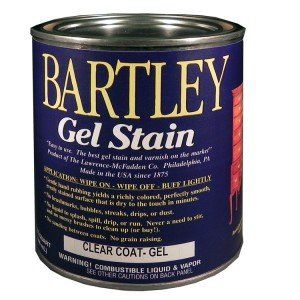
According to Woodmagazine.com
gel stain works like peanut butter on toast. Spread over a slice of toast, peanut butter will stick to the surface of the toast, but doesn’t quite soak in to the bread. The same goes for gel stain which forms a thick coat of lustrous color that sits on the surface of wood. Woodmagazine.com takes this analogy one step further and compares liquid stain to warm butter. You get the idea.
Gel stains and oil stains have some similarities, but their differences are pronounced. Each product is useful for different purposes. Knowing the strengths and weaknesses of each stain will help you choose the right stain for your needs.
Gel Stain Characteristics
- Uniform coloring: Gel stain produces a relatively uniform coloring over wood surfaces. Wood grain may be visible through the stain but does not stand out in an obvious way.
- Minimal mess: Gel stain is often applied with a rag (although thinner gels may be applied with a brush) and doesn’t run or splatter.
- Thick consistency: The consistency varies. Gel stain may be as thick as peanut butter or as thin as mayonnaise.
Liquid Stain Characteristics
- Transparent coloring: The transparency of oil stain enhances variations in wood grains.
- Challenging to apply evenly: Applied with a brush, oil stain runs and splatters, and can be difficult to apply evenly.
- Thin in consistency: The consistency of oil stain is that of an oily liquid, similar to cooking oil.
Choosing The Right Stain
Woodworking experts pick different stains for different purposes, depending on the type of project and the species of wood.
Oil stains
are best used on porous woods that absorb oils evenly and woods that have attractive wood grains. Non-porous wood types, like cherry and pine, may absorb oils unevenly and look blotchy when these stains are used.
Gel stains
are the product of choice for beginning woodworkers, because they’re very easy to apply. They adhere well to vertical and curved surfaces, like table legs, cabinets and more. Gels are also the preferred stain for non-porous wood types (e.g., cherry and pine). Gel stains form a thick covering that gives wood grains a uniform appearance.
This can be an advantage or a disadvantage, depending on the project. Gels will sometimes pool in corners and crevices, making them less ideal for wood projects with structural characteristics like corners and 90 degree angles.
Additional Information
Experts can go on for pages and pages with details about the how’s and why’s of choosing the right stain. Here is a list of some good websites that compare oil stains and gel stains. Below is a great online demonstration comparing gel stains to liquid stains:
Of course, if you don’t want to do hours of research, we’d love to answer your questions related to wood staining. At Ace Paints and Unfinished Furniture, we understand and appreciate the advantages of each type of stain and we’re happy to help you pick the right stain for your project. Stop by and ask one of the experts at Ace. We’re more than happy to help.
Share
Tweet
Share
Mail
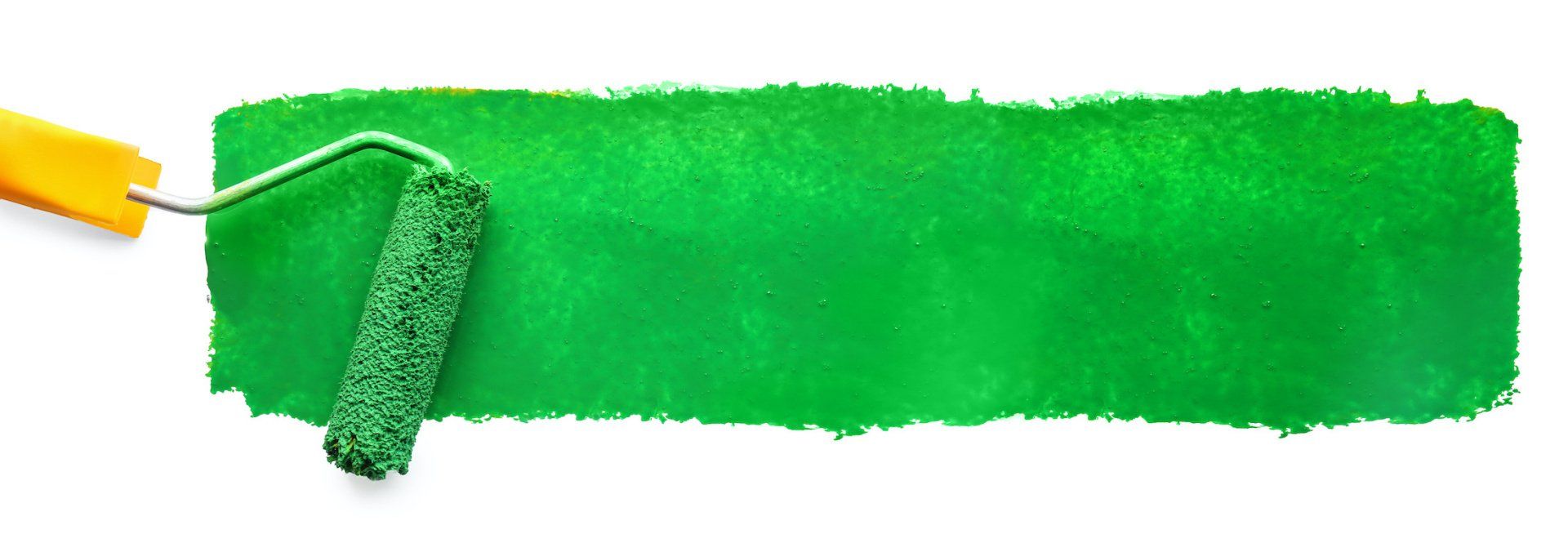
By Chris Vendilli
•
16 Mar, 2020
Colors are so fascinating. They make us feel, they help us express how we feel. The right colors can really set the mood in a room, or on an outfit. There’s a lot to color theory and what each of the colors mean. This St. Patrick’s Day we thought it’d be fun to explore a little about green.
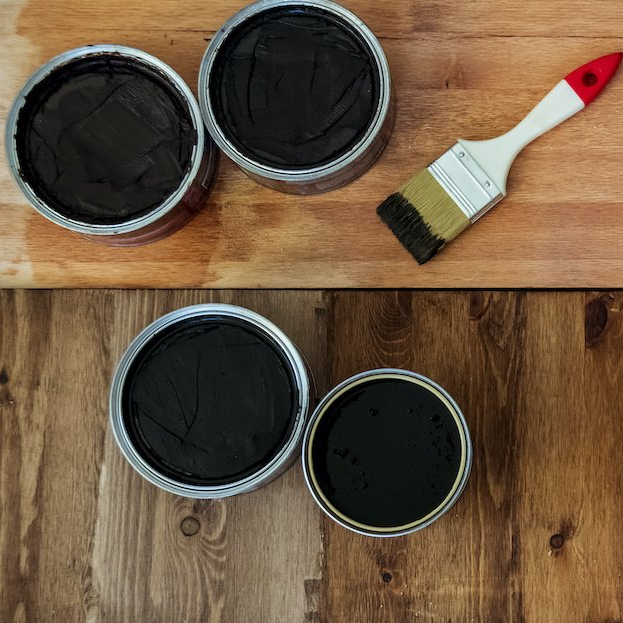
By Chris Vendilli
•
24 Feb, 2020
One of the wonderful things about good wood furniture is that it doesn’t have to be merely functional. It can be beautiful as well. We’ve seen some amazing pieces made with wood stains that are more than just furniture, they’re works of art. So if you’ve got an old table, desk or other piece of wood furniture that needs jazzed up, why don’t you consider using some of our great stains to try one of these ideas.
Promotion Sign Up
Complete the form below to sign up for our promotions
Contact Us
Thank you for contacting us.
We will get back to you as soon as possible.
We will get back to you as soon as possible.
Oops, there was an error sending your message.
Please try again later.
Please try again later.
Contact Details
Mt. Lebanon: 294 Beverly Road,
Pittsburgh, PA 15216
McMurray:
3339 Washington Road,
McMurray, PA 15317
Follow Us
© Copyright 2019 | All Rights Reserved

